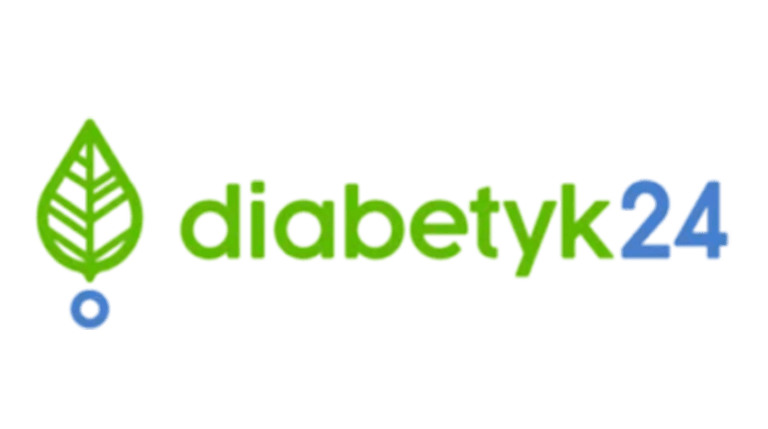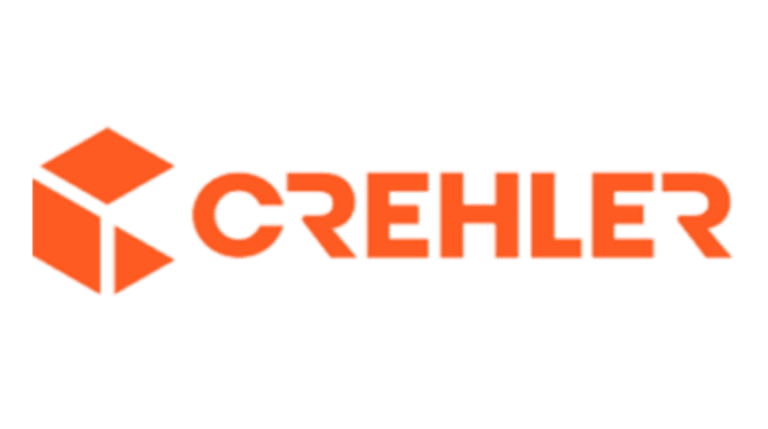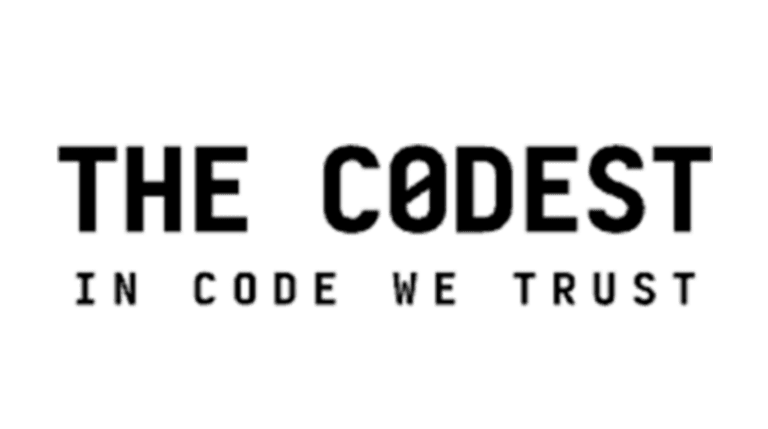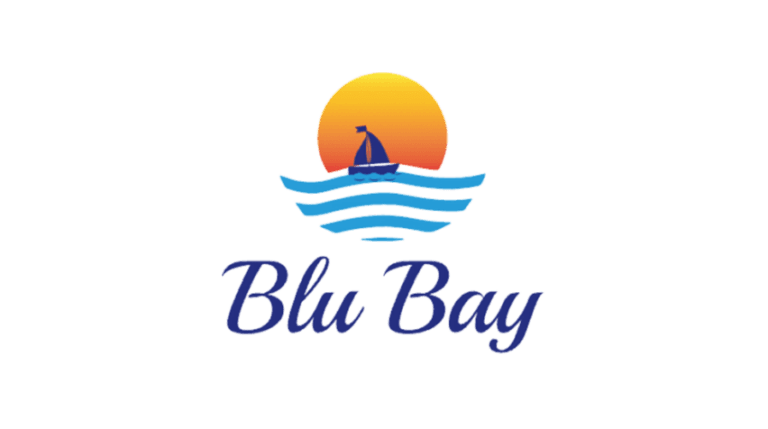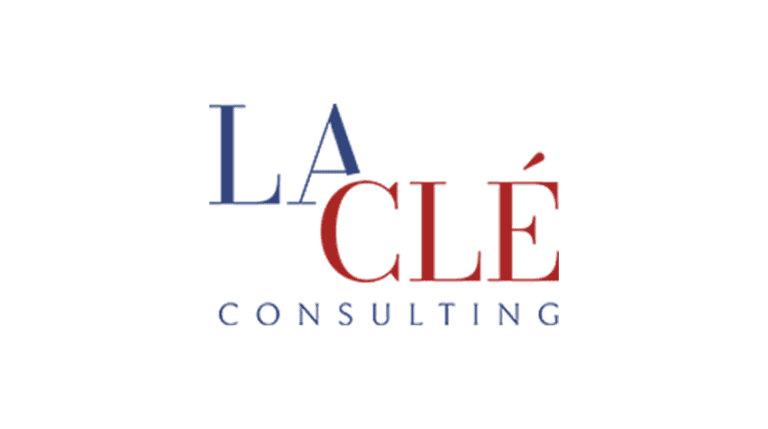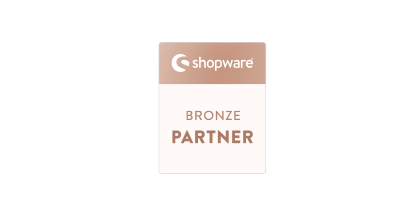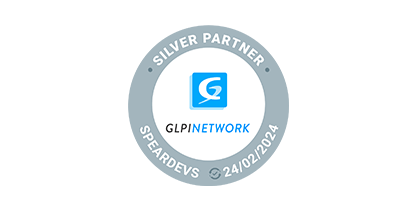The choice between tailored web solutions and off-the-shelf software is no longer “the budget-based one”. It’s a strategic move.
It’s about finding a solution that grows with you, satisfies your customers, and protects your data.
In this blog, we’ll look at the key differences between custom web solutions and off-the-shelf software for e-commerce. You’ll learn about the benefits, challenges, and when each option works best.
Tailored web solutions
Custom-built web solutions are designed specifically for a business. They give you full control over functionality, user experience, and how they integrate with other systems.
Key technical features of tailored solutions
Microservices architecture
Custom solutions can use a microservices approach. This breaks down the application into smaller, independent services.
Each service can scale independently, so you can add more servers to handle extra traffic without slowing down the whole system.
This approach also allows the use of different technologies for each service, making the overall system more efficient.
API-first development
Many custom solutions are built with an API-first mindset. This makes it easy to connect with third-party services and supports a headless commerce setup. In simple terms, you can separate the front-end design from back-end operations, giving you more flexibility in how your site looks and functions.
Advanced security protocols
Custom applications can include advanced security measures tailored to your business’s needs. It contains high-level encryption, multi-factor authentication (MFA), and compliance with regulations like GDPR and PCI DSS.
Technologies like JWT (JSON Web Tokens) for authentication and OAuth 2.0 for authorization help maintain security without making the user experience clunky.
Data management and analytics
Custom solutions can integrate advanced data analytics tools. This allows you to use big data to create personalized customer experiences.
You can get real-time insights into customer behavior, inventory, and sales trends. By connecting with data warehousing tools like Amazon Redshift or Google BigQuery, you can perform complex queries and generate valuable insights.
Advantages of tailored web solutions
Customization
You can build unique features that cater to your specific needs. Whether it’s a custom checkout process, an advanced product configurator, or a loyalty program that ties into your CRM, custom solutions offer what off-the-shelf products might not.
Scalability and performance
Custom solutions are built to scale horizontally. This means you can add servers as your traffic grows, especially during peak shopping seasons, without sacrificing performance.
Enhanced User Experience
You can design a user interface that aligns perfectly with your brand and is easy to navigate. This can boost conversion rates and increase customer satisfaction.
Ownership and control
With a custom solution, you own the software. You can make changes, updates, or improvements whenever you want, without relying on a third-party vendor.
Challenges of tailored web solutions
Higher initial costs
Developing a custom solution can be expensive upfront. The costs include design, development, and extensive testing.
Longer development time
Building a custom solution from scratch takes time. Depending on the complexity, it could take months or even years to get the final product.
Maintenance and aupport
Custom solutions require ongoing maintenance. This might mean hiring in-house technical staff or partnering with development firms for support.
Off-the-shelf software
Off-the-shelf software is pre-built and ready to use with minimal setup. Platforms like Shopify, Shopware, WooCommerce, and Magento are popular examples.
Key technical features of off-the-shelf software
Rapid deployment
You can set up off-the-shelf software quickly. This allows you to start your e-commerce operations with minimal delays.
Standardized features
These platforms offer a wide range of built-in features that meet the needs of most businesses. Features like payment processing, inventory management, and customer relationship management come standard.
Plugin ecosystem
Established platforms usually have a rich ecosystem of plugins and extensions. For instance, Shopify has over 6 000 apps available, covering everything from marketing to shipping.
Advantages of off-the-shelf software
Lower initial investment
The upfront costs are usually lower, making off-the-shelf software more accessible for startups and small businesses.
Regular updates and support
Off-the-shelf solutions come with regular updates and customer support. This reduces the burden of maintaining the software yourself.
Proven reliability
These solutions are tested across various industries, offering reliability and stability that can be reassuring for businesses.
Challenges of off-the-shelf software
Limited customization
It can be tough to adapt off-the-shelf software to meet your unique needs. This might lead to inefficiencies in how your business operates.
Scalability constraints
As your business grows, you might hit limits on how much the software can handle. This could lead to a costly migration to a more robust solution down the line.
Vendor lock-in
You become dependent on the software provider for updates, support, and security. If the vendor doesn’t meet your expectations, it can create problems.
Technical considerations for decision-making
When choosing between tailored web solutions and off-the-shelf software, consider the following technical factors:
- Think about whether the solution can scale horizontally as your business grows. Custom solutions with microservices architecture usually offer better scalability than traditional off-the-shelf options.
- Evaluate how easily the solution can integrate with your existing systems and third-party services. Custom solutions often have robust APIs, making integration seamless.
- Consider your specific security needs. Can the solution implement advanced security measures tailored to your requirements?
- Choose a solution that can adapt to new technologies and market trends. Look for options that support emerging trends like headless commerce, progressive web apps (PWAs), and AI-driven personalization.
Conclusion
Choosing between tailored web solutions and off-the-shelf software isn’t simple. It should be preceded by deep research.
Custom solutions offer unmatched flexibility, scalability, and security, making them ideal for businesses with unique needs and growth ambitions.
On the other hand, off-the-shelf software provides a quick and cost-effective start, especially for smaller businesses.
By weighing your technical requirements and long-term goals, you can make a decision that aligns with your business strategy and sets you up for success.
GET IN TOUCH
Need help making the right choice?
Whether you’re looking for a fully tailored application or need guidance on getting the most out of an existing platform, we can help. Reach out to our team today.


